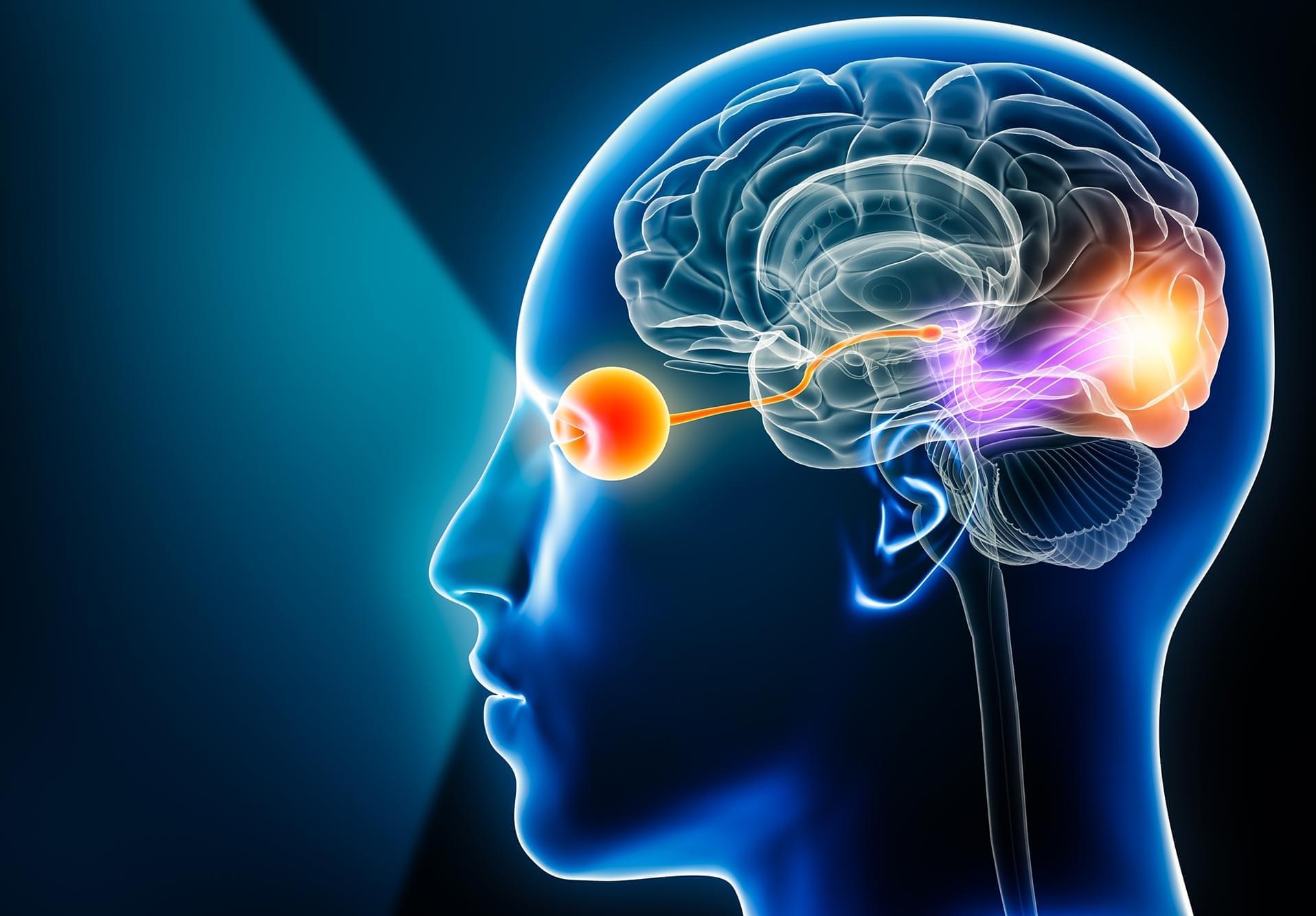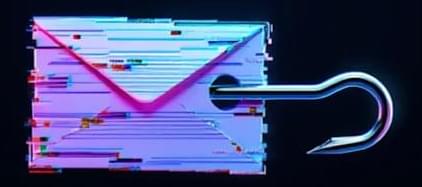Researchers uncovered an unexpected form of neural resilience: after traumatic injury, surviving retinal cells in mice grow new branches that reestablish lost connections in the brain’s visual system, restoring activity to near-normal levels.



University of Iowa scientists have identified a new way to “purify” photons, a development that could improve both the efficiency and security of optical quantum technologies.
The team focused on two persistent problems that stand in the way of producing a reliable stream of single photons, which are essential for photonic quantum computers and secure communication systems. The first issue, known as laser scatter, arises when a laser is aimed at an atom to trigger the release of a photon, the basic unit of light. Although this method successfully generates photons, it can also produce extra, unwanted ones. These additional photons reduce the efficiency of the optical system, similar to how stray electrical currents interfere with electronic circuits.
A second complication comes from the way atoms occasionally respond to laser light. In uncommon cases, an atom releases more than one photon at the same time. When this happens, the precision of the optical circuit suffers because the extra photons disrupt the intended orderly flow of single photons.




Users accessing the SoundCloud audio streaming platform through a virtual private network (VPN) connection are denied access to the service and see a 403 ‘forbidden’ error.
SoundCloud is a large audio distribution platform focused on user-uploaded content, built around independent creators rather than licensed music from major labels. It has at least 140 million registered users and 40 million creators.
Due to its open, unmoderated nature, the platform has been banned in China since 2014, in Russia since 2022, and is restricted in Venezuela, Kazakhstan, and other countries. Because of this, users in these regions rely on a VPN or proxy solution to bypass the blocks.

Audio streaming platform SoundCloud has confirmed that outages and VPN connection issues over the past few days were caused by a security breach in which threat actors stole a database exposing users’ email addresses and profile information.
The disclosure follows widespread reports over the past four days from users who were unable to access SoundCloud when connecting via VPN, with attempts resulting in the site displaying 403 “forbidden” errors.
In a statement shared with BleepingComputer, SoundCloud said it recently detected unauthorized activity involving an ancillary service dashboard and activated its incident response procedures.

Kali Linux has released version 2025.4, its final update of the year, introducing three new hacking tools, desktop environment improvements, the preview of Wifipumpkin3 in NetHunter, and enhanced Wayland support.
Kali Linux is a distribution designed for cybersecurity professionals and ethical hackers to perform red-teaming, penetration testing, security assessments, and network research.
The distribution is available as an installable operating system or a live environment and supports a wide range of hardware, including Raspberry Pi devices and compatible Android phones through Kali NetHunter.
Free unofficial patches are available for a new Windows zero-day vulnerability that allows attackers to crash the Remote Access Connection Manager (RasMan) service.
RasMan is a critical Windows system service that starts automatically, runs in the background with SYSTEM-level privileges, and manages VPN, Point-to-Point Protocol over Ethernet (PPoE), and other remote network connections.
ACROS Security (which manages the 0patch micropatching platform) discovered a new denial-of-service (DoS) flaw while looking into CVE-2025–59230, a Windows RasMan privilege escalation vulnerability exploited in attacks that was patched in October.

Google is discontinuing its “dark web report” security tool, stating that it wants to focus on other tools it believes are more helpful.
Google’s dark web report tool is a security feature that notifies users if their email address or other personal information was found on the dark web.
After Google scans the dark web and identifies your personal information, it will notify you where the data was found and what type of data was exposed, encouraging users to take action to protect their data.